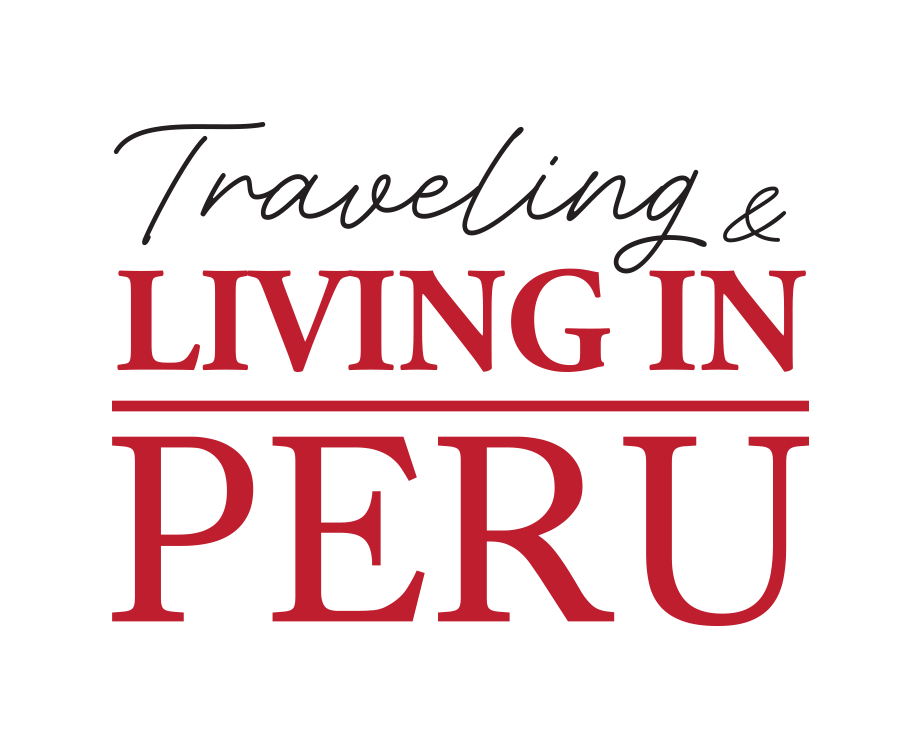Amantani and Taquile are two islands on Lake Titicaca that offer visitors a chance to learn about the living legacy of ancient practices and rituals of the area.
The Amantani district, which includes the Amantani and Taquile islands of Lake Titicaca, was founded on April 9, 1965. To celebrate, we’ve gathered a few facts you should know before visiting.
1. Twin peaks and ancient ruins
Two mountains adorn the island of Amantani, and each are named after the pre-hispanic temples that sit atop of them. The Pachatata temple, square and sitting right at the peak, is dedicated to father earth. The round Pachamama temple is dedicated to mother earth and is surrounded by potato fields. From these temples, that are over 400 years old, you have impressive views of the lake.
The temples are closed during the year until they open on the third Thursday of January for the annual feast. The population of the island divides into two, and a representative of each temple race from either mountain to a designated finish line. If the representative of the Pachamama temple wins, tradition says the island will have a generous harvest that year.
2. Taquile’s terrific textiles
In 2005, the textiles of the island were named Masterpieces of the Oral and Intangible Heritage of Humanity by UNESCO. It’s no surprise, since the population of the island has been weaving and knitting since pre-Columbian times. A traditional Taquile textile that you will still see woven and worn is the chumpi, a wide belt worn by men but made by women on a backstrap loom. The chumpi is woven with designs that show annual agricultural activities and rituals.
The art of hand-knitting is reserved for men on the island. They knit various pieces for their own use, each designed and used to indicate certain aspects of the person’s life. For example, the primary colors used on the floppy chullo (hat) worn by men signals whether he is single (white and red), or married (red and pink). Also, if the tail end of the chullo is worn on the left side, it indicates the man is worried or sad, while if worn on the right side, it means he is happy.
3. Gifts of the earth
The landscape of the both islands are decorated by hills full of pre-Hispanic agricultural terraces, which are used to this day. The population practices subsistence farming, growing quinoa, potatoes, oca (sweet potato), corn, and wheat. They also have livestock including cows, sheep, chickens, pigs, alpaca, and cuy. Fried queso fresco (fresh cheese) is made with cow’s milk and the potatoes grown are freeze-dried to make chuño, a high plateau staple.
4. Flowers abloom
You’ll find various colorful flowers on Amantani island, in fields and adorning the adobe houses. Amantani is known as the island of the pink cantuta flower that grows abundantly. It’s known as the flower of the Incas and was given as an offering to inti (sun god). It’s also used to make garlands for tourists staying on the island.
You will also see white and purple potato flowers growing in fields. The flower is known as the “Purple flower of the Andes,” since it was first known as a forage plant by the pre-Columbian population before the domestication of the tuber.
5. Let the archways guide you
You’ve seen in photographs the beautiful stone, some pre-Hispanic, archways found in both Taquile and Amantani islands. In fact, their purpose serves more than to give a beautiful backdrop. These archways are positioned at the beginning/end of each community or district within each island. An arch is also placed at the shore of Taquile, acting as the welcoming entrance and exit through which tourists must pass.
6. Family affair
Tourists are able to do homestays on both islands. Community-led programs allow visitors to stay with families, giving them the opportunity to learn about community practices, rituals, and domestic life. You’ll be able to savor the various meals locals make with the ingredients harvested right on the island. Dances and celebrations are also put on in the town square for visitors to enjoy and participate in. Read about a homestay experience in Amantani island on Lake Titicaca here.
Cover photo: Lima Tours


